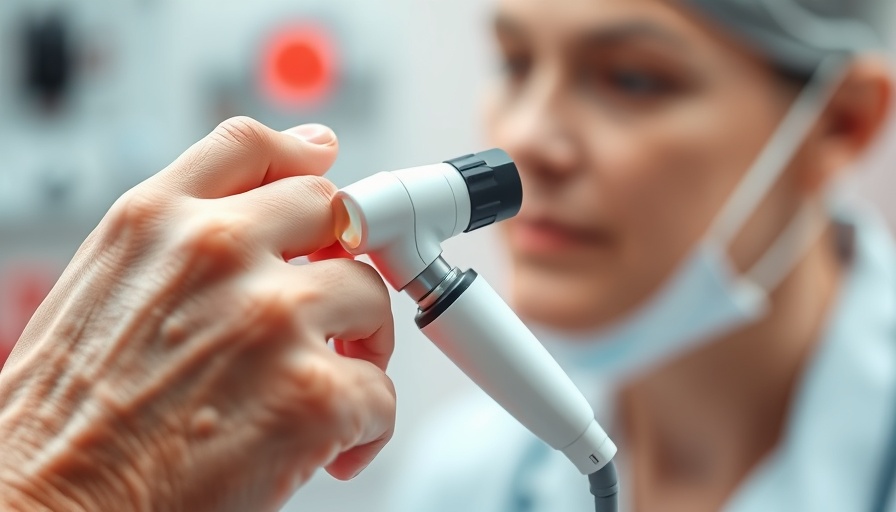
Understanding Recent Advances in Dermatology
The world of dermatology continues to evolve, driven by recent innovations and insights that aim to improve patient care. Recent updates from the Daily Derm Times highlight significant findings in atopic dermatitis treatments and the promising developments around severe alopecia areata.
Key Insights on JAK Inhibitors
New research indicates that JAK inhibitors for treating atopic dermatitis have a safety profile comparable to IL-4/-13 inhibitors. This is a critical insight for those worried about the potential risks associated with these treatments, particularly concerning cardiovascular health and cancer. This data emerges during a time when effective and safe treatments for chronic conditions like atopic dermatitis are in high demand.
Hope for Alopecia Areata Patients with Bempikibart
In another exciting update, the FDA has granted Fast Track Designation to bempikibart, offering renewed hope for patients suffering from severe alopecia areata. This condition often results in significant psychological distress due to hair loss. The need for effective treatments has never been more urgent, as many existing options fail to meet the needs of patients. Bempikibart’s promising potential could reshape treatment protocols in coming years.
Enhancing Care for Atopic Dermatitis
Recent discussions among dermatology experts emphasized the importance of optimizing care for atopic dermatitis through emerging topical therapeutics. Dermatology Times hosted a roundtable event featuring Dr. Lisa Swanson, who analyzed diverse patient cases, highlighting the variable responses to treatment. This tailored approach emphasizes the individual variability in patients, reminding practitioners that a one-size-fits-all strategy is often insufficient.
The Move Towards Non-Steroidal Treatments
In an era when concerns about long-term steroid use are pervasive, dermatologists are advocating for expanding non-steroidal topical options. Raj Chovatiya’s review emphasizes alternatives like ruxolitinib and tapinarof as not just new treatment options but as crucial strategies to alleviate the complications associated with chronic steroid use. As the dermatology community continues to elucidate the benefits and risks of various treatments, patients may find more holistic and safer approaches to managing their conditions.
The Environmental Impact of Dermatology
Interestingly, within the backdrop of these advancements, dermatologists are also examining the environmental impact of their practices. The recent studies discussed in the April digest suggest that sustainable practices can coalesce with therapeutic advancements. For patients and practitioners alike, understanding the intersection of skincare and environmental stewardship can enrich their practice and patient relationships.
Celebrating Awareness and Continued Learning
As April concludes, the focus on Rosacea Awareness Month offers an important reminder of the need for ongoing patient education and support. Dermatology Times has curated comprehensive resources to empower those affected by rosacea with knowledge about lifestyle modifications, treatment options, and emotional support strategies. As dermatology continues to evolve rapidly, awareness campaigns like these play a crucial role in steering discussions around skin health.
Conclusion: The Importance of Staying Informed
For those in the realm of dermatology, it’s imperative to stay updated on the latest advancements. These insights into innovative treatments and care strategies not only enhance clinical practices but also ensure that patients receive the care they deserve. As evidence-based practices take center stage, informed patients are better equipped to engage in their treatment journeys. Consider subscribing to ongoing updates to ensure you’re equipped to navigate these developments thoughtfully.
 Add Row
Add Row  Add
Add 






Write A Comment